Table of Contents
Everything you need to know about the Bali Pass Trek 2025
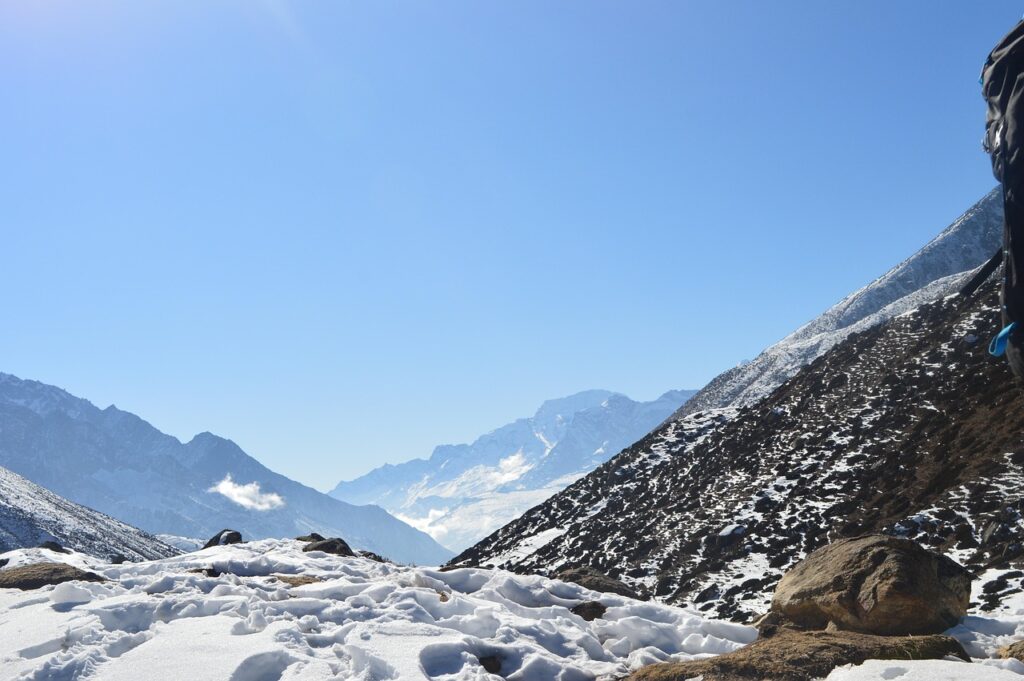
Bali Pass Trek spans over 70 km in the Garhwal Himalayas, starting from Sankri in Uttarakhand and ending at Janki Chatti crossing the 4950 m high Bali Pass. Extremely challenging trails and the awe-inspiring views of Swargarohini and Bandarpoonch peaks, complete with a glimpse into remote Himalayan village culture makes this one for serious trekkers. A mix of Nature, Adrenaline and Heritage From alpine meadows to ancient temples:-Bali Pass Trek Planning Your Remarkable Himalaya Escape In 2025: Itinerary, Perfect Time, Preparation, Safety Tips – Guide For 2025
Bali Pass Trek Overview
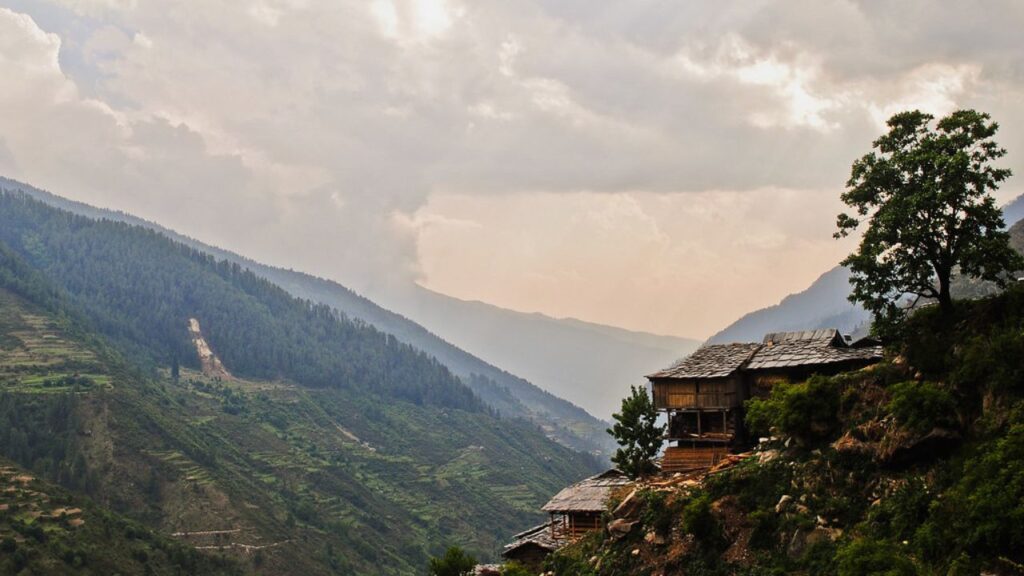
Bali Pass Trek : is a high altitude, 8 days trek starts from Sankri (1920 mts) in Govind Wildlife Sanctuary of Uttarakhand and ends at Janki Chatti (2600 mts), near Yamunotri. A moderate to difficult trek through the rocky and narrow Bali Pass (4,950 meters) is best suited for seasoned trekkers who are used to walking on steep ascents, snowfields, and narrow ridges.
It include sights of peaceful Ruinsara Tal, the mystical caves of Odari and vistas of Himalayan peaks such as Kalanag and Swargarohini. The trail goes over traditional villages like Osla where you will find an enchanting fusion of the Garhwali lifestyle and beautiful natural sceneries. Full of forests and meadows and even a glacier, it’s an outdoor experience we can only dream about possibly taking in 2025.
Bali Pass Trek itinerary recommended
Parachute pro tips Gimme some skin Day 1: Dehradun to Sankri (DriveTime taken — 200 km, 8–10 hours)
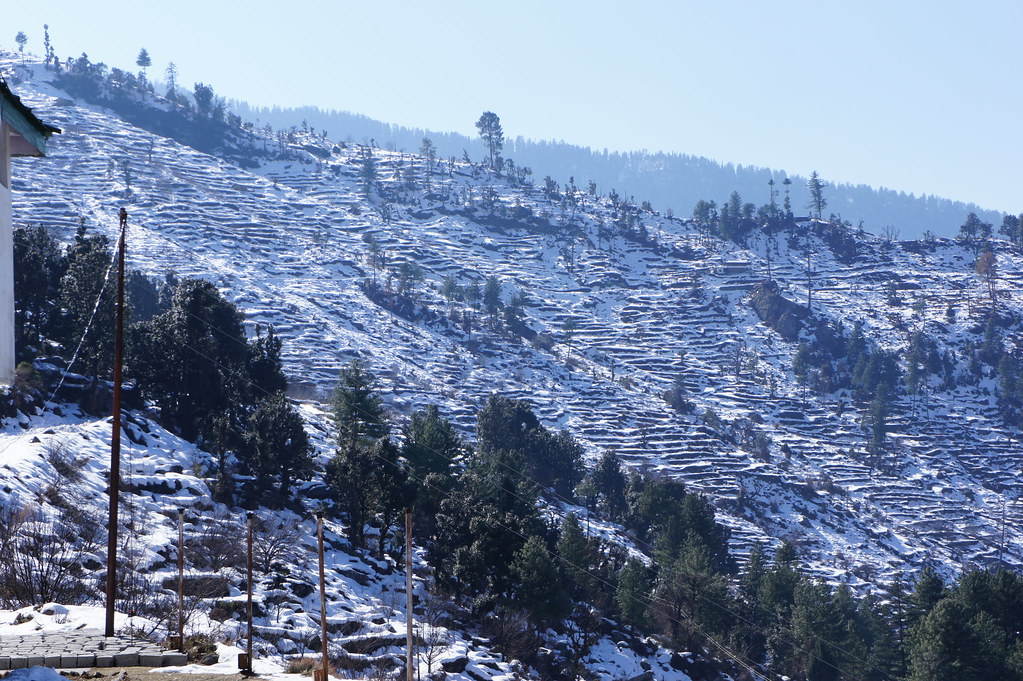
The trek to Bali Pass begins with the beautiful 200 km drive from Dehradun to Sankri village in Uttarkashi. An 8–10-hour drive that takes you pass Kempty Falls, Mussoorie, and Nainbagh (Through the Tons River valley). Sankri is the base camp at 1,920 meters and you can find a number of guesthouses or homestays being run by hospitable locals. Pre-book transport through agencies (INR 1,100–1,500 one-way) and take cash as ATMs are rare after Purola. This is followed by a home-cooked Garhwali meal under conservation reserve and starlit skies to get you ready for trek.
Day 2: Sankri to Seema via Taluka (Drive – 12 km, approx. 1 hour; Trek – 7-8 hours)
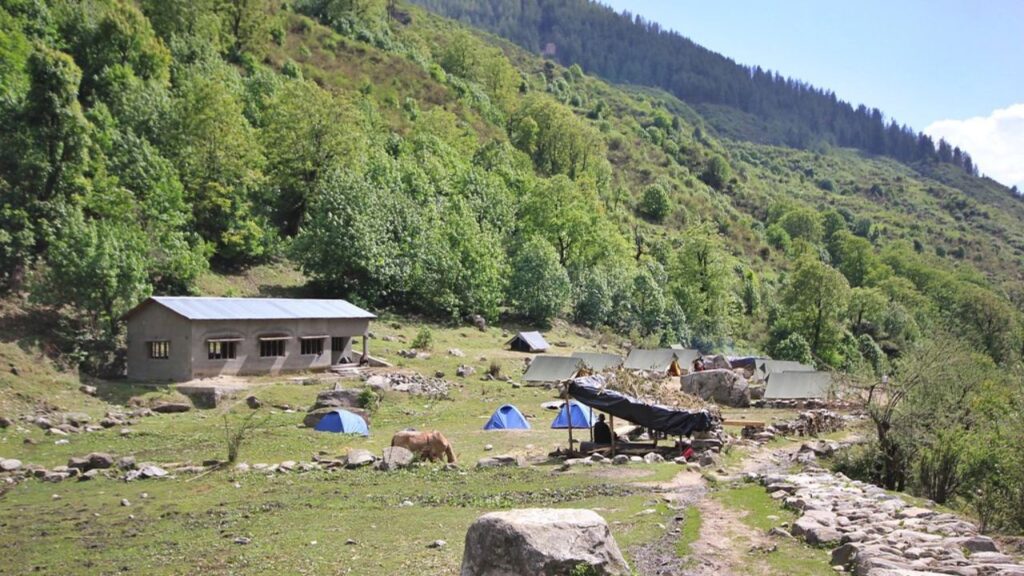
Drive 12 km to Taluka (2,100 m), after which it’s an 11-km hike to Seema (2,600 m). The trail meanders alongside the Supin River overhung by Deodar and chestnut trees, wild roses and irises. Cross the bride and continue gentle ascents through to Seema opposte Osla village campsite. The adventure started on lush green vegetation and overlooking a river. Sleep under the stars, feast on local meals and do not forget to pack in your backpack something simple like a bottle of water or an energy bar.
Day 3: Seema to Dev Thach (trek- 6 km,4–5 hours)
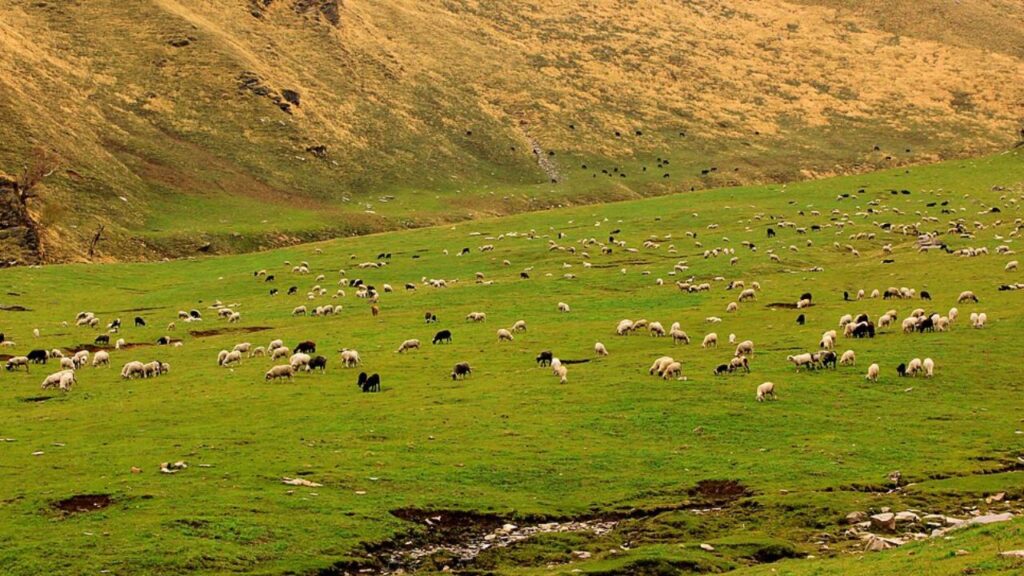
Dev Thach (2,987 meters): 6 KM Trek; Enter the wonderful Ruinsara woodland and stroll through lavish knoll of Dev Thach. After crossing the point at which trekking of Yamunotri valley begins, it is good to walk on ascending gradual trail showing a few glimpses of Swargarohini peaks.
Cross dense forests and meadows with flowing sound of Supin River. Dev Thach Meadows are also ideal spot for camping covered by lush green meadows and offering absolute views of snow cladded peaks as well. Drink enough water and wear sturdy trekking shoes (the path is starting to be a bit rockier). It is a trekker fine day with beautiful scenery.
Day 4: Dev Thach to Ruinsara Tal(Trek of 10 km – in 4–5 hours)
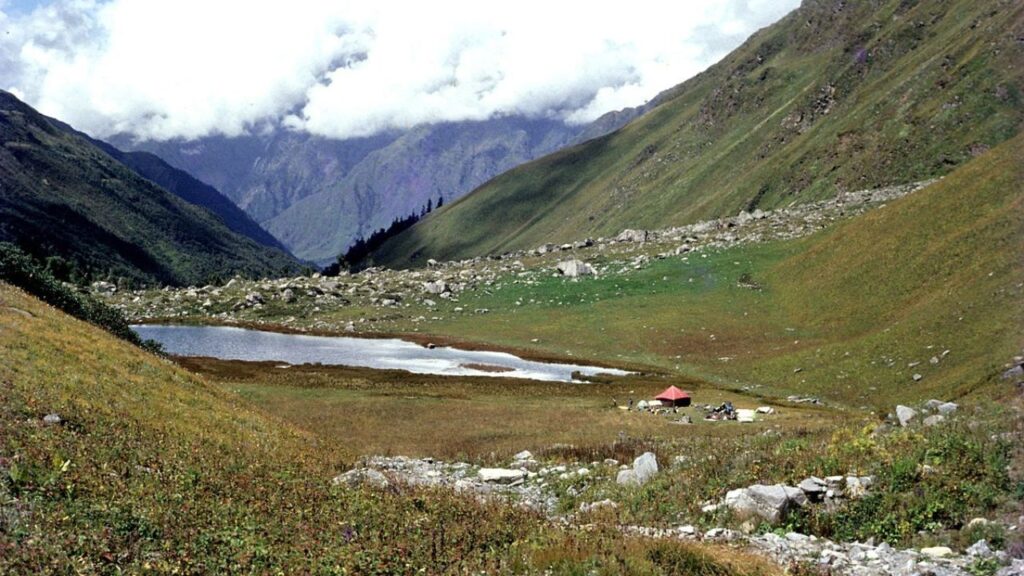
Trek 10-km to Ruinsara Tal(3,566 mls),an alpine lakc secluded amidst meadows and rhodondrons. The walk circles through the woods and over water, with mild inclines. The mythology of the Mahabharata combined with Ruinsara Tal’s clear blue waters offer otherworldly appeal. Camp beside the lake, and savour superb views of Bandarpoonch and Kalanag. The elevation offers plenty of difficulty to go with the solitude, so plan accordingly when pacing and hydrating your athlete. One of the campsites on top, this is one of the memories you cherish after completing Bali Pass Trek.
Day 5 – Ruinsara Tal to Odari (Trek-4 kms/3 to 4 hours)
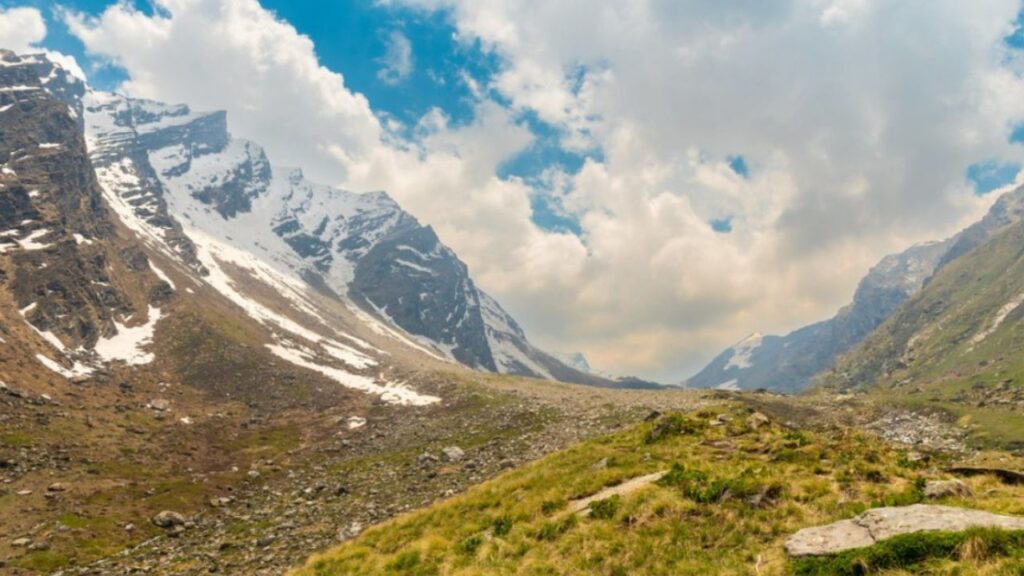
Hike to Odari (4,000 metres) 4 km trek short but beautiful Trek down to the Supin river, cross the bridge and further climb up through meadows to Danasodha where a beautiful rock cave is located Odari which is believed to be the resting place of Bali — Hanuman’s brother. The campsite is right here in the picture and one can clearly see Swargarohini 1 and 2. Speaking of Jim, after lunch he prepares you for the coming day as he does some training yourself on high-altitude techniques to get you ready for the pass crossing. Bring warm clothes, it can be below 0 at night.
Day 6: Odari — Bali Col Camp (Trek; 5kms; 06–07 Hrs)
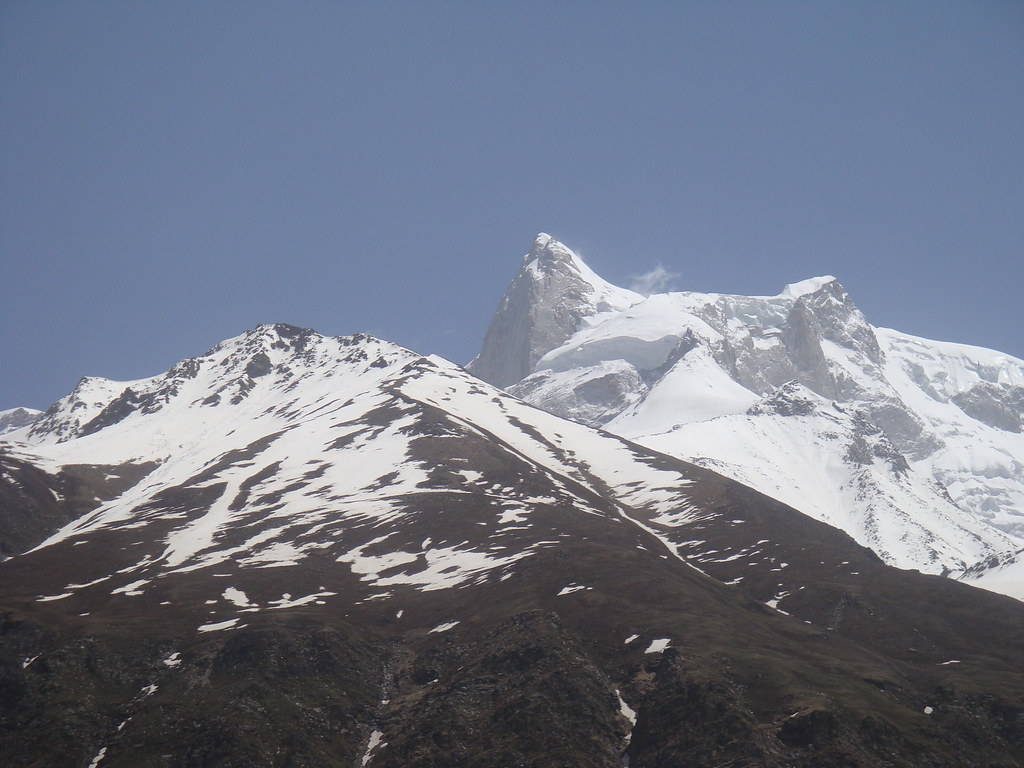
Bali Col Camp (4600 m): Trek to Bali Col Camp(4600m) an arduous day with a trek up the steep ridge at an angle of upto 60 degrees, over a distance of 5 km. The trail is filled with loose rocks and scree, challenging concentration and endurance. There is no water available, they make sure to bring 2 liters. This campsite is relatively Higher in altitude and offers beautiful views & It takes time to aclimatize here so that there wont be any effect of AMS on flow. Take the time to rest: Your guide will take care of you, and prepare for summit day with good warm clothing and a small first-aid kit.
Day 7: Bali Col Camp to Lower Dhamni over Bali Pass (Trek:14 km, 10–11h)
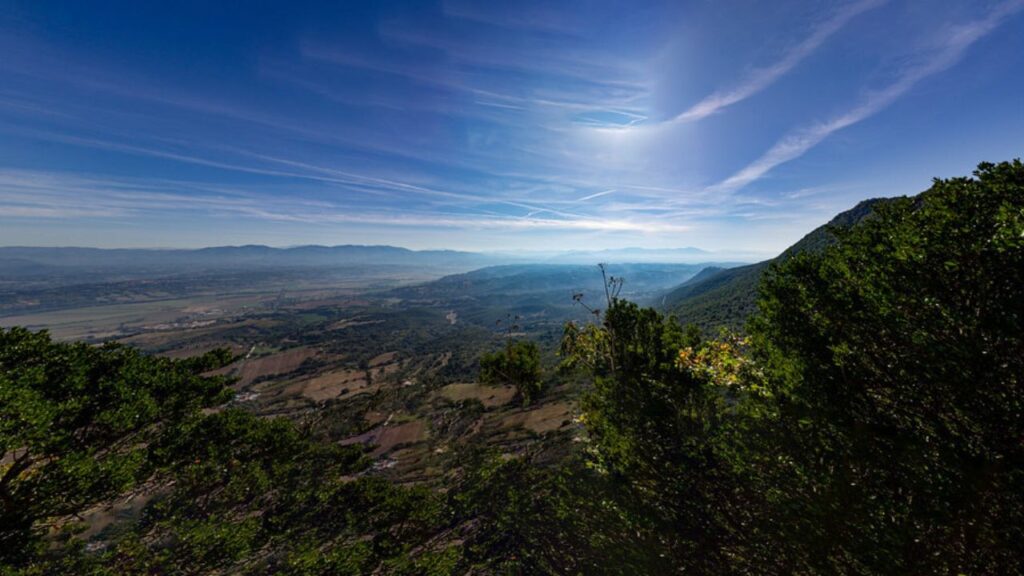
Bali Pass 4,950 metres (169 m), Lower Dhamni 3,350 m — 14 km (The longest one) The rather steep and snow-filled way to the pass usually lasts 2-3 hours and demands rope skills as well (in early seasons). The summit offers panoramic 360-degree views of Bandarpoonch, Kalanag, Swargarohini and Yamunotri Valley. Trek down the glaciers and meadows to reach Lower Dhamni which is a lush green campsite. This day deceives endurance so follow your guide and sip water.
Day 8: Lower Dhamni to Janki Chatti and then on to Dehradun (Trek- 8 km, 4-5 hours) (Drive- 170km, 7 hours)
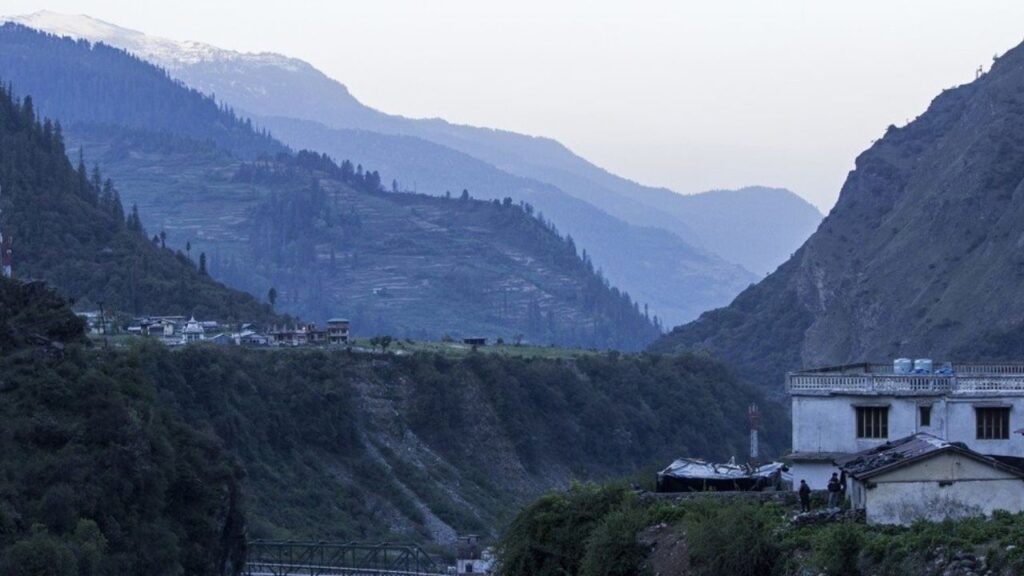
Take the 8 km trek route to Janki Chatti (2,600 meters), passing through forest along the banks of Yamunotri and a boat ride. Drive just 170 km to Dehradun (7–8 hours), or hit up the sacred Yamunotri Temple or local markets who until now saw very few tourists. After having a good time, the taxi booking charges (₹3,000 – ₹5,000) or return by bus. Weather Day (only for weather delays) – Charges INR 2,100 + 5% GST per day Here just come back to Dehradun by 8 PM and your trek to Bali pass is completed.
When to do Bali Pass Trek
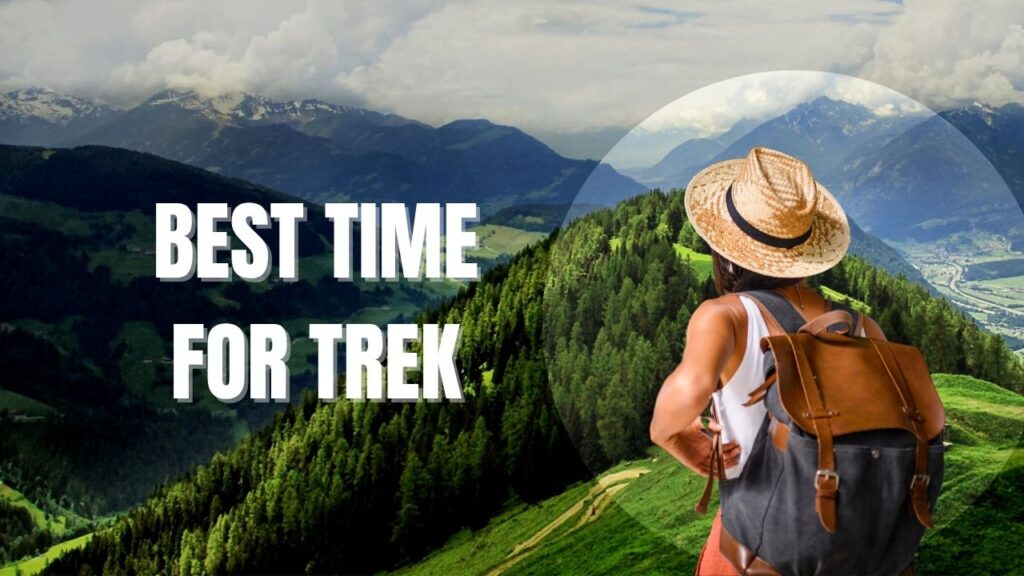
Best period to do the Bali Pass Trek is from May to June and September to October. April–May (5–20(0 ͦ C in altitude( 10km/60min) + strength training (ex. squats; lunges; pushups). Basic essentials to gear up for such trek include good quality trekking shoes ( Decathlon MH series), a 50–60L backpack, layered clothing — fleece, down jacket, use of walking sticks, Head light torch, First aid kit. When you get acclimatize one day before at Dehradun,mand we provide 2 liters of water per day. Guided Tour ( e.g: Indiahikes, Trek The Himalayas )provide safety upto the pass.
How to reach the Bali Pass Trek base
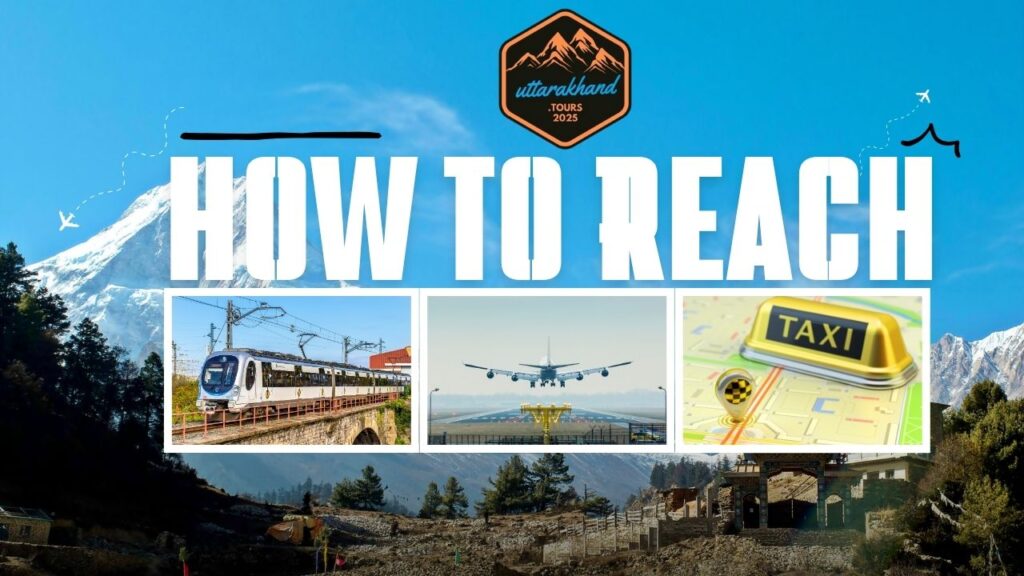
Enter the Sankri base by flying to Jolly Grant Airport or take a train to stop at Dehradun Railway Station (e.g. Shatabdi Express from Delhi) By car — 200 km, 8-10hrs (Mussoorie-Purola) by taxi (INR3000-5000) or shared cab (INR 500 to INR1100). Agencies: Transport (INR 1,100–1,500 one way) Start early to get the beautiful Tons Valley landscape. CARRY ID for permits and CASH as s facilities are limited in Sankri. Come a day early as the village is lovely and beautifully picturesque.
Trek Cost and Inclusions
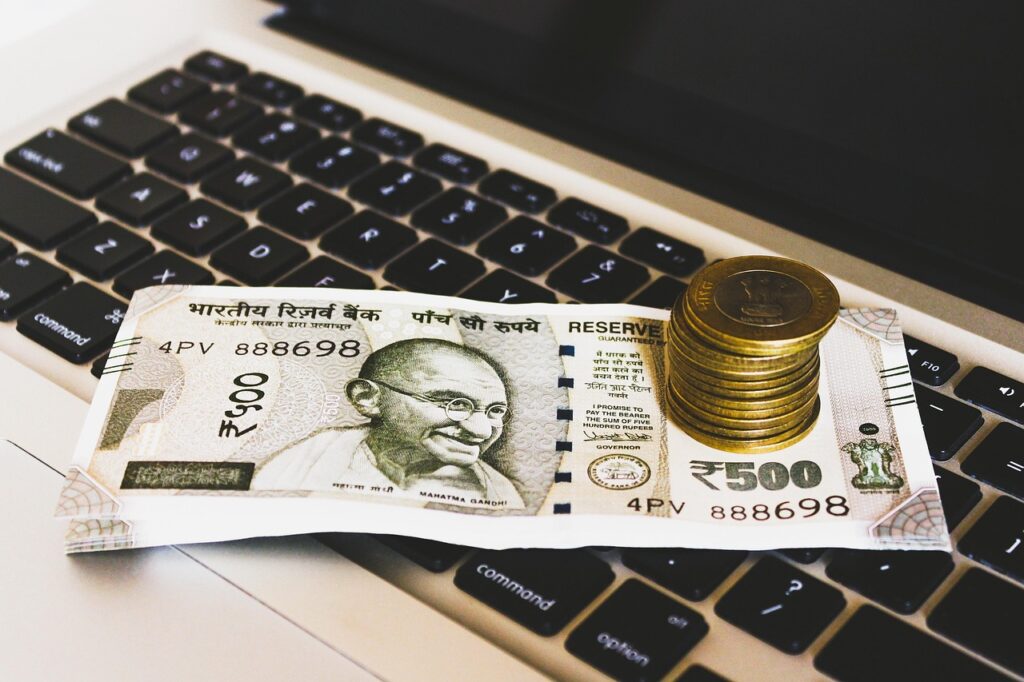
Bali Pass Trek — 8 days organised package – INR 15,000–22,000 including transport from Dehradun to Sankri plus all meals, tents, guides/porters/permits. Backpack offloading: INR 2,000-4,000; gear rentals: INR 500-2,000. Journey to Dehradun (INR — 3000–10000) extra. Book in advance for peak seasons with agencies like Indiahikes, Bikat Adventures, Travel The Himalayas 2-3 months before the trek. Get travel insurance, and read up on the fine print of refund policies.
Safety Tips and Essential Gear
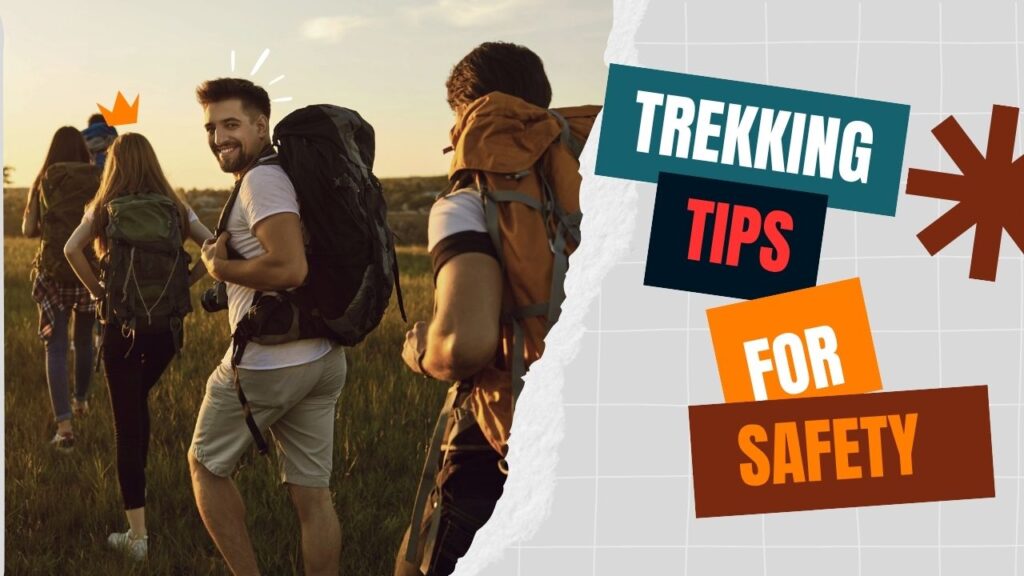
Cardio and Strength Mix Train 6 to 8 weeks to get ready for high altitude challenges. You need your trekking shoes (at least ankle length), a decent backpack 50-60L, thermals, raincoat, jackets (down jacket preferred), poles if you are using them and most importantly a first aid box with AMS medications. Stay hydrated — bring 2 liters of water a day, as the higher camps have very limited clean sources. Follow directions, stay on obvious paths and watch out for symptoms of acute mountain sickness (headaches, nausea etc). Watch weather as is can get -5°C on the pass. To keep the trail clear of trash, in other to have a clean trek map.
Why Opt for the Bali Pass Trek
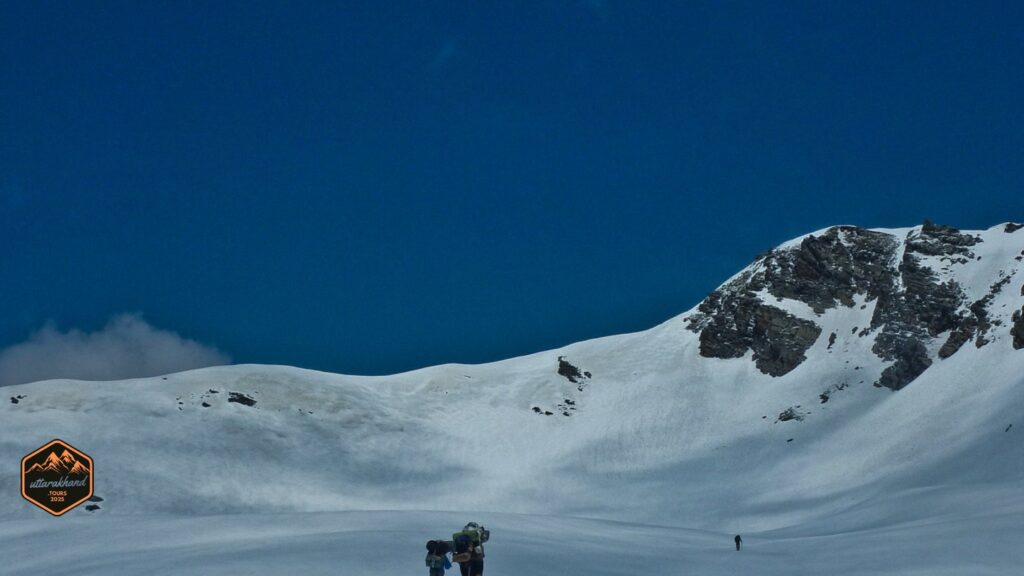
AS THE CALL of the wild becomes too strong. calling you towards wilderness, and if it is a trek into the Himalayas after all that hustle-bustle in life.. Bali Pass Trek is one to look out for; raw, offbeat charm which leads from remote villages in the folds of Himachal directly into high-altitude mountain thrills. Its offbeat trails come without the company that comes along popular treks like Kedarkantha.
Pass crossing with views of Bandarpoonch and Swargarohini — bucket-list moment A halt at Osla and Yamunotri spices up the cultural highlights, while the serenity of Ruinsara Tal spell-binds. Ideal for the seasoned trekkers, it is a tough but a rewarding getaway into the Garhwal Himalayas, perfect 2025 adventure fit for all who loves nature and heritage.
Conclusion
The Bali Pass Trek is an adventure of a lifetime, in the remote Himalayas that calls for a perfect mix challenging trails and glorious views as well as cultural landscapes and equally rich Garhwali spirit. Finally, the 8-day adventure that takes you from Ruinsara Tal’s magical waters to Bali Pass’s picturesque summit sets the ultimate test of strength and offers breathtaking panoramas.
Refer to this guide for your 2025 trek, book with a reliable agency and pack wisely keeping safety and comfort in mind. Tell me about what you plan to trek, or ask a question down below and hopefully this article will help you answer it before finally ticking one of the most exciting treks in Uttarakhand off your bucket list.
Most Asked and Trending FAQs on Bali Pass Trek 2025
1. What Makes The Bali Pass Trek Unique?
Bali Pass is famous for its breathtaking panoramas of Bandarpoonch and Swargarohini peaks. The Blend of sheer natural beauty, intricate cultural immersion, and challenging hikes is quintessential Bali Pass—along ancient trade routes, visitors can walk through remote Himalayan villages and timeless forests.
2. the Bali Pass Trek
It is categorized under the “difficult” trekking routes. The altitude of 16,207 feet, 4,950 m, alongside daily hikes, vertical gains and losses, and narrow pathways, requires trekkers to hold advanced fitness levels alongside experience with altitude. Not suitable for novices.
3. Bali Pass Trek 2025
Best Bali Pass Trek is projected for late April to early June and mid September to mid October. The views from the peaks of Bandarpoonch and Swargarohini are unburdened by haze and garnished with either snow or the greens of post monsoon. The Bali Pass is not to be undertaken in monsoon, mid July to the end of August, or in winter.
4. Distance and duration in peaks and a dry period
Bali Pass trek is approximately 52 to 66 km, with duration of 7 to 9 days, crossing snow and rocky expansive regions.
5. Is Bali Pass safe, and what precautions should I take?
Acclimatization, hydration, and adhering to trek leader instructions helps ensure safety. Being mentally prepared for weather fluctuations and altitude-related symptoms is crucial. Only certified agencies should be used, and solo trekking is strongly discouraged.
6. What are the stand-out highlights?
Ancient villages like Osla and Gangad, the remote meadows of Devsu Thach, the panoramic views from the pass, and the Yamunotri Temple. Wildlife spotting is also possible, including black bears and monal pheasants.
7. What is required fitness-wise?
Physical fitness and experience requirements include the ability to jog 5 km in 30 minutes and complete steep ascents while carrying a backpack. Previous hiking experience, specifically at high altitudes, is strongly recommended.
8. Are there any age restrictions?
Most agencies accept trekkers between the ages of 15 and 55, contingent on a fitness check and some medical clearance.
9. What permits do I need?
A permit is required to enter the Govind Wildlife Sanctuary, which most trek operators assist in obtaining. A government-issued photo ID is also necessary.
10. What should I pack?
I should pack warm layered clothing, trekking boots, poles, sleeping bags (for -10°C), gloves, personal, first aid, and technical gear (like crampons, which agencies usually provide). Overpacking is not encouraged.
11. Do I need to buy insurance specifically for the trek?
Trek specific insurance is mandatory in most cases. Make sure your insurance covers high-altitude trekking. Confirm with your trek operator for specific conditions.
12. How much does it cost in 2025?
Around ₹19,000 to ₹30,000 is the standard price for the entire package which does not include the personal and travel expenses to Dehradun.
13. Am I able to complete the trek alone or without a guide?
This is not recommended as the route is remote and very technical and dangerous. Travel with a group and a qualified agency guide.
14. What is the least amount of experience necessary to begin the trek?
It is recommended to have at minimum one high altitude trek above 3,500 meters and to be comfortable with the trekking gear.
15. What is the environmental impact of the trek?
There is a focus on the carry in, carry out policy. Bali Pass is remarkable in its respect for locals and wildlife, requesting to avoid single-use plastics and litter.

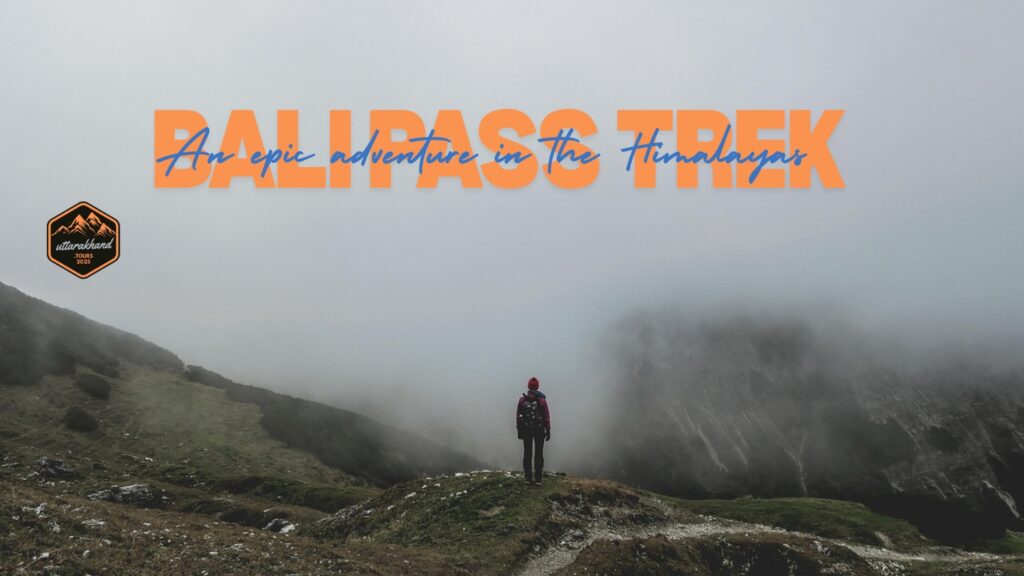


Pingback: Best 10 Offbeat Treks in Uttarakhand for Solitude Seekers » UTTARAKHAND
Pingback: Top 10 Treks in Uttarakhand: Discover Nature's Hidden Gems for Experienced Mountaineers » UTTARAKHAND